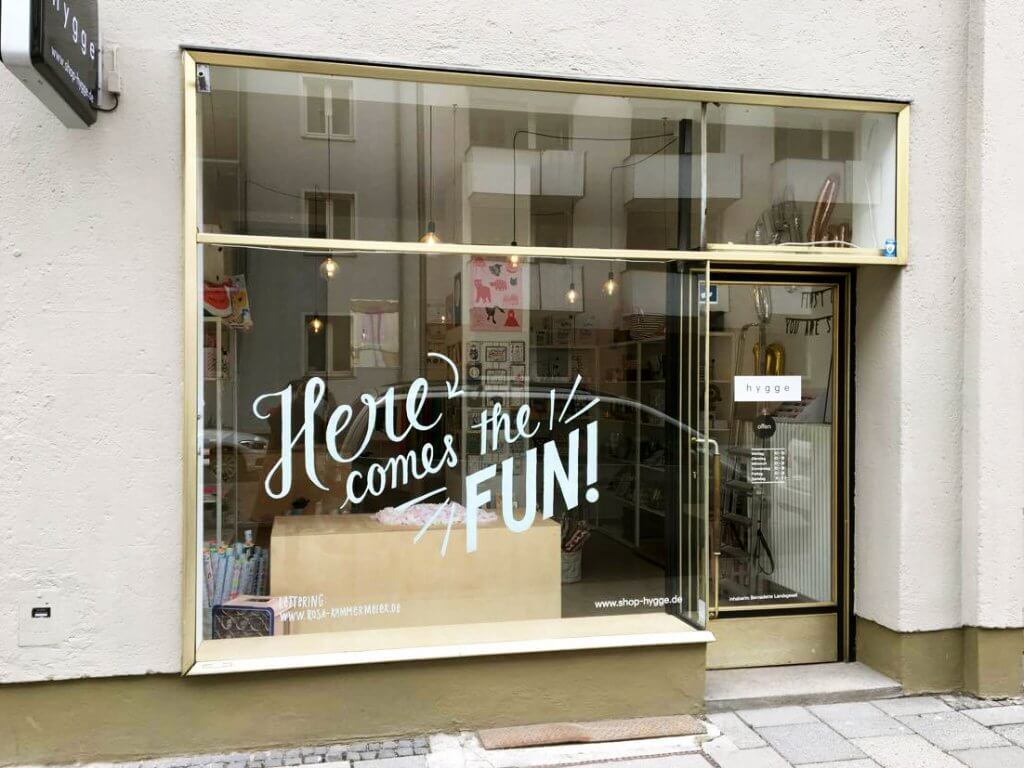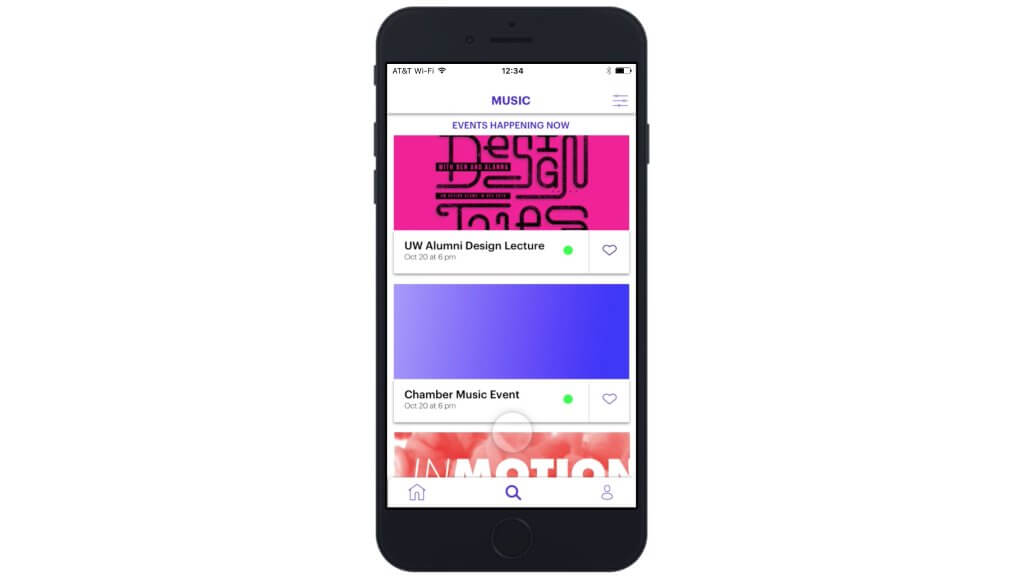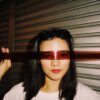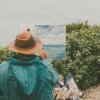One of the most exciting things you can experience as a Creative person is the ability to explore a project or just plain flex your artistic muscle without having to worry about bills, survival or the daily pressure of being a human. A couple of organizations understand this very well and have opened up doors to make this happen. One of such amazing organizations is Adobe and their Creative Residency which is focused on empowering talented individuals to spend a year focusing on a personal creative project. Whoop whoop!
Dream come true, right?
Some people, however, find this a bit too lofty and immediately think that it will be difficult or even impossible to get into the residency. Well, today, we’ve come to bust that myth of impossibility by sharing the story of two women who were Adobe creative residents in 2017.
We had a chat with Rosa Kammermeier and Natalie Lew and they shared a bit of their experience as an Adobe Creative Resident, as well as tips for applying.
Meet Rosa Kammermeier and Natalie Lew


For Creative Girls: Being an Adobe Creative Resident sounds so exciting! What has it been like being in the Adobe Creative Residency?
Rosa Kammermeier
It has been exciting indeed! I was able to travel a lot, meet exciting people, make new friends, realize projects I’ve always wanted to pursue, and push myself to new boundaries. I did things I never thought I could do, for example, public speaking in front of hundreds of people, and that has been very rewarding. Before the residency, I was not really sure about my talents and my perspectives for the future, but I have since experienced so much support and positive feedback that I am looking very confidently into my future and feel much more self-confident about myself and my career.
Natalie Lew
The Adobe Creative Residency has been an incredible opportunity to dive into the spaces I’m most passionate about pursuing and exploring my passions in my own time. It’s been a terrific experience navigating how I best like to work and what types of work feel the most relevant and exciting to me.
What specific details and points of note helped your application?
Rosa Kammermeier
I applied with my current project in mind, but my project proposal was quite rough and not final when I submitted my application. I found it beneficial to be open to feedback throughout the whole application process, which ultimately helped me think about different aspects of my project. I also think that it was good that there was a social component in my application: the Walk of Happiness aims to make society happier and bring positivity and humanity into cities.
Natalie Lew
The application to the Creative Residency is really reliant on your portfolio or body of work – making sure that your application and proposal reflects the type of work that you’ve done in the past is critical in showing that you are capable and confident in the work you’re proposing to tackle for a year.
What tips and advice do you have for people who want to apply for the 2018 Residency?
Rosa Kammermeier
Apply with a project you really care about – try to link your creative passion with a personal passion! You will work on your project for a whole year, so it should be something that really shows your personality! It’s a lot easier to convince people to choose you and your project with something that really comes from the bottom of your heart 🙂
Natalie Lew
My best tip is to really sit on the idea that you’ve come up with before sending it out. If you suddenly get an idea that you’re really excited about, write it down, think about it, talk about it with family and friends etc. Make sure this is something you’d be interested in pursuing for an entire year, and that the work you’ve already done is exemplary of that work. You don’t need your proposal to be something that is out of this world innovative and crazy new and never before thought of – you just need to make it your own and put your clear and dedicated passion behind it.
Rosa, The Walk of Happiness is an enchanting project, how did your journey as a Resident lead you to create it?
I started this project before my residency – I painted slogans of happiness on two shop windows in my hometown, Munich – but I only saw it as a small personal project at the time and did not think further. The residency encouraged me to think big, made me develop a whole concept around it and supported me in all ways so that I could make a real project out of it.
Natalie, the intersection of Design and Philosophy seems like a fascinating path. What aspects of this intersection drive you the most?
I think the aspects of the intersection that drive and excite me the most are the nitty-gritty, research-driven aspects of the design process. Philosophy is a terrific path and topic space in understanding how to ask questions and what types of questions to ask – which allows my design process to be guided by research and checking my biases at the door at every phase.
Super-pumped about the stories of these awesome women? Go check out the Residency and apply now.







